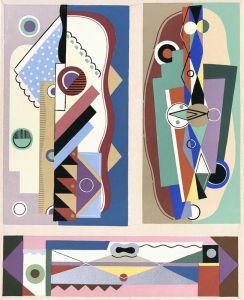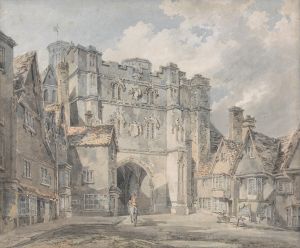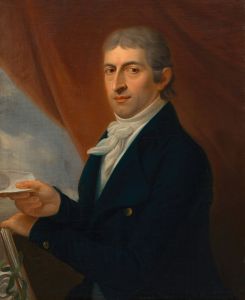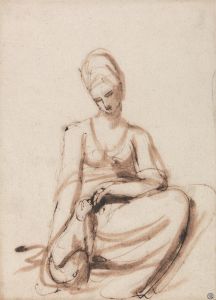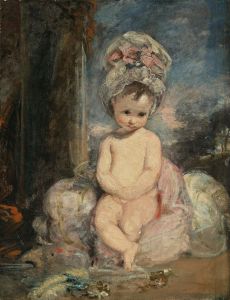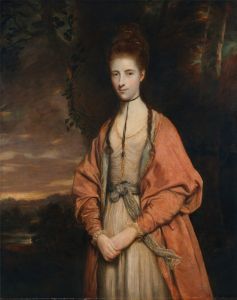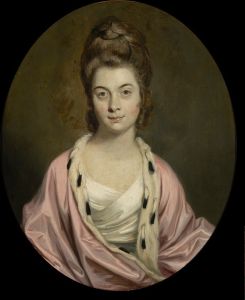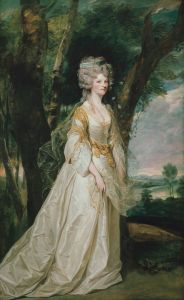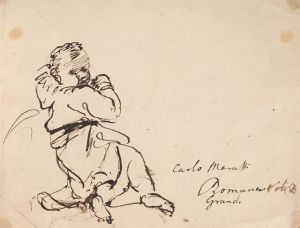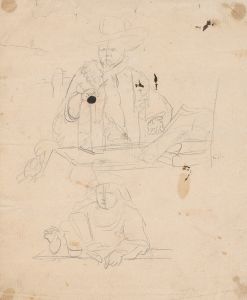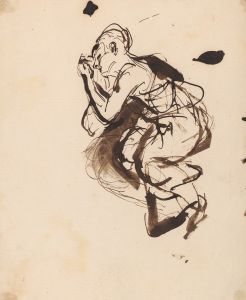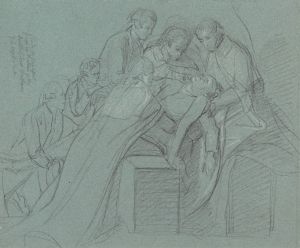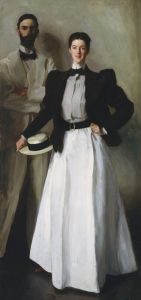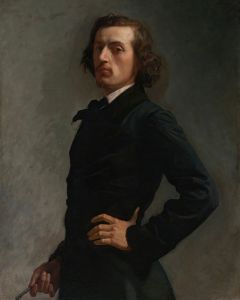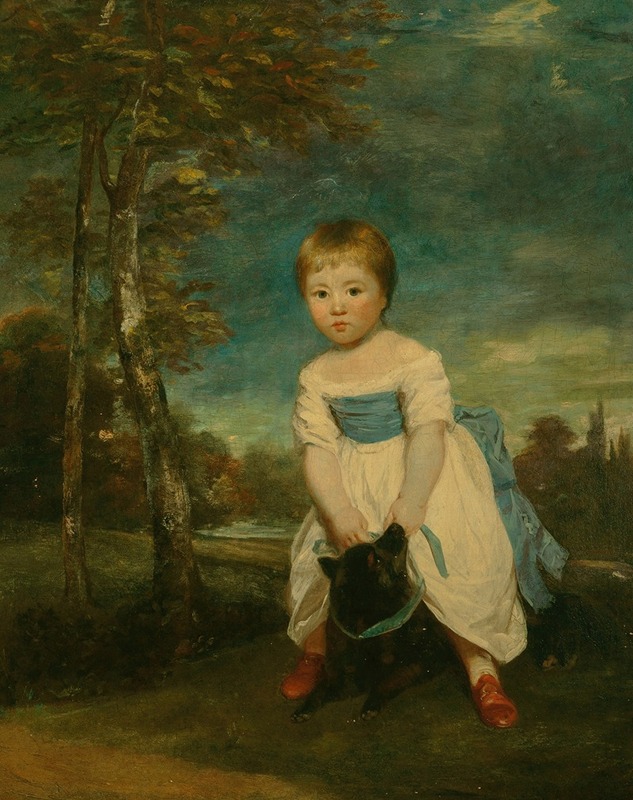
Portrait of Master William Cavendish, standing astride a black dog, in a landscape
A hand-painted replica of Sir Joshua Reynolds’s masterpiece Portrait of Master William Cavendish, standing astride a black dog, in a landscape, meticulously crafted by professional artists to capture the true essence of the original. Each piece is created with museum-quality canvas and rare mineral pigments, carefully painted by experienced artists with delicate brushstrokes and rich, layered colors to perfectly recreate the texture of the original artwork. Unlike machine-printed reproductions, this hand-painted version brings the painting to life, infused with the artist’s emotions and skill in every stroke. Whether for personal collection or home decoration, it instantly elevates the artistic atmosphere of any space.
Sir Joshua Reynolds, one of the most prominent portrait painters of 18th-century Britain, created the painting Portrait of Master William Cavendish, standing astride a black dog, in a landscape around 1783. This artwork exemplifies Reynolds' skill in capturing the character and status of his sitters, as well as his ability to integrate them harmoniously into naturalistic settings.
The subject of the painting, Master William Cavendish, was a young member of the influential Cavendish family, one of the most prominent aristocratic families in England. The Cavendishes were known for their political power, wealth, and patronage of the arts. William Cavendish was likely a child at the time of the portrait, as suggested by his youthful appearance. The painting depicts him standing confidently with one leg astride a large black dog, set against a natural landscape. The composition conveys a sense of poise and authority, even at a young age, which was a common theme in aristocratic portraits of the period.
Reynolds was known for his innovative approach to portraiture, often drawing inspiration from classical art and the Old Masters. In this painting, he employs a naturalistic yet idealized style, emphasizing the subject's elegance and refinement. The inclusion of the black dog, a symbol often associated with loyalty and companionship, adds a dynamic element to the composition while also reflecting the sitter's aristocratic lifestyle. The landscape background, a hallmark of Reynolds' work, provides a sense of depth and situates the subject within an idealized pastoral setting.
The painting is notable for its use of light and color, which were central to Reynolds' technique. He employed a rich palette and subtle gradations of tone to create a sense of depth and texture. The interplay of light on the boy's face and clothing highlights his youthful features and fine attire, underscoring his privileged status.
As with many of Reynolds' works, this portrait was likely commissioned by the Cavendish family to commemorate and celebrate their lineage. Portraits of children were particularly popular among the aristocracy during this period, serving both as personal mementos and as public statements of wealth and social standing.
Today, Portrait of Master William Cavendish, standing astride a black dog, in a landscape is recognized as an example of Reynolds' mastery in portraiture and his ability to convey the social and cultural values of his time. The painting is held in a private collection and is occasionally exhibited in public galleries or museums, allowing audiences to appreciate Reynolds' contribution to British art history.





